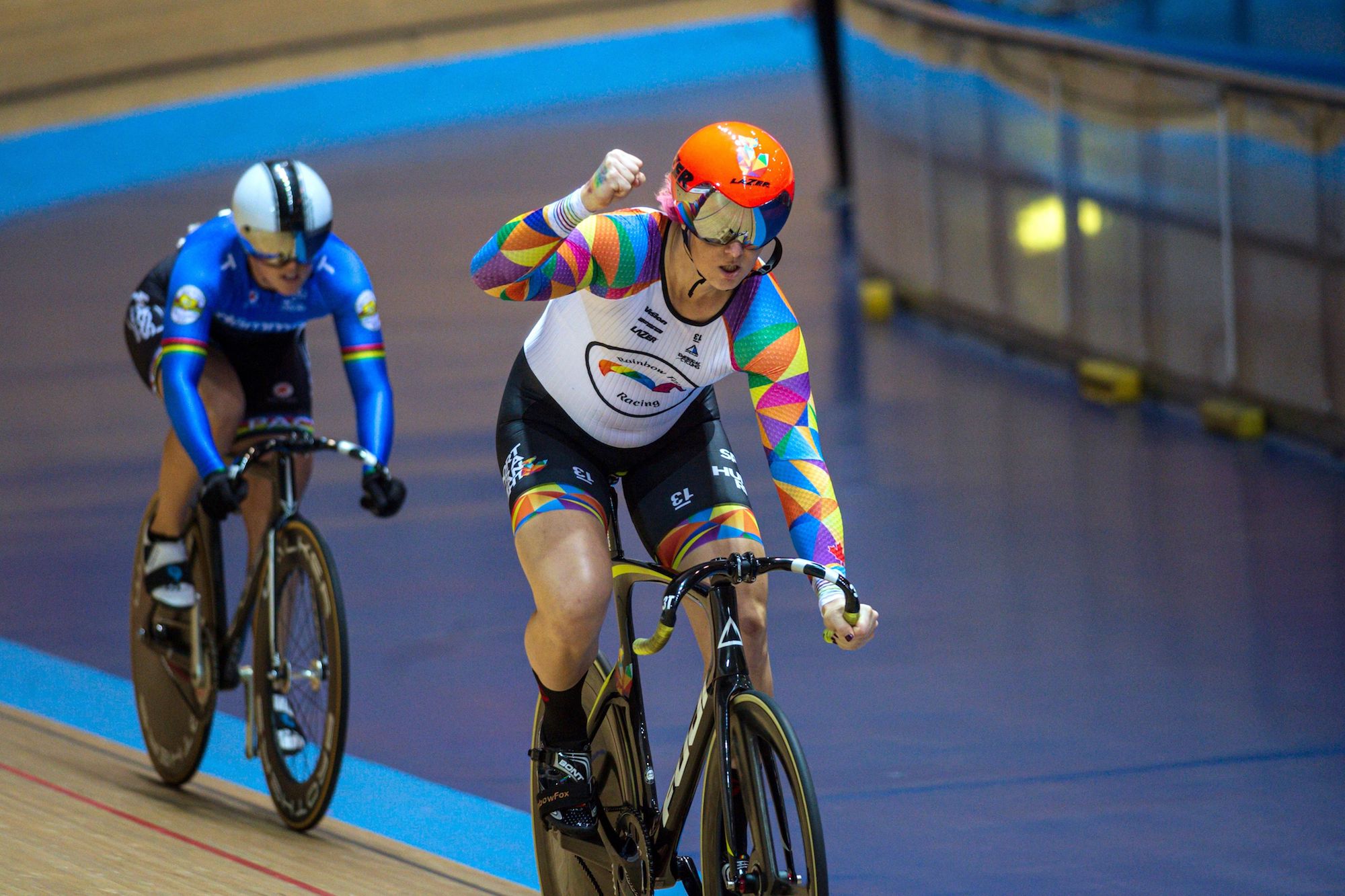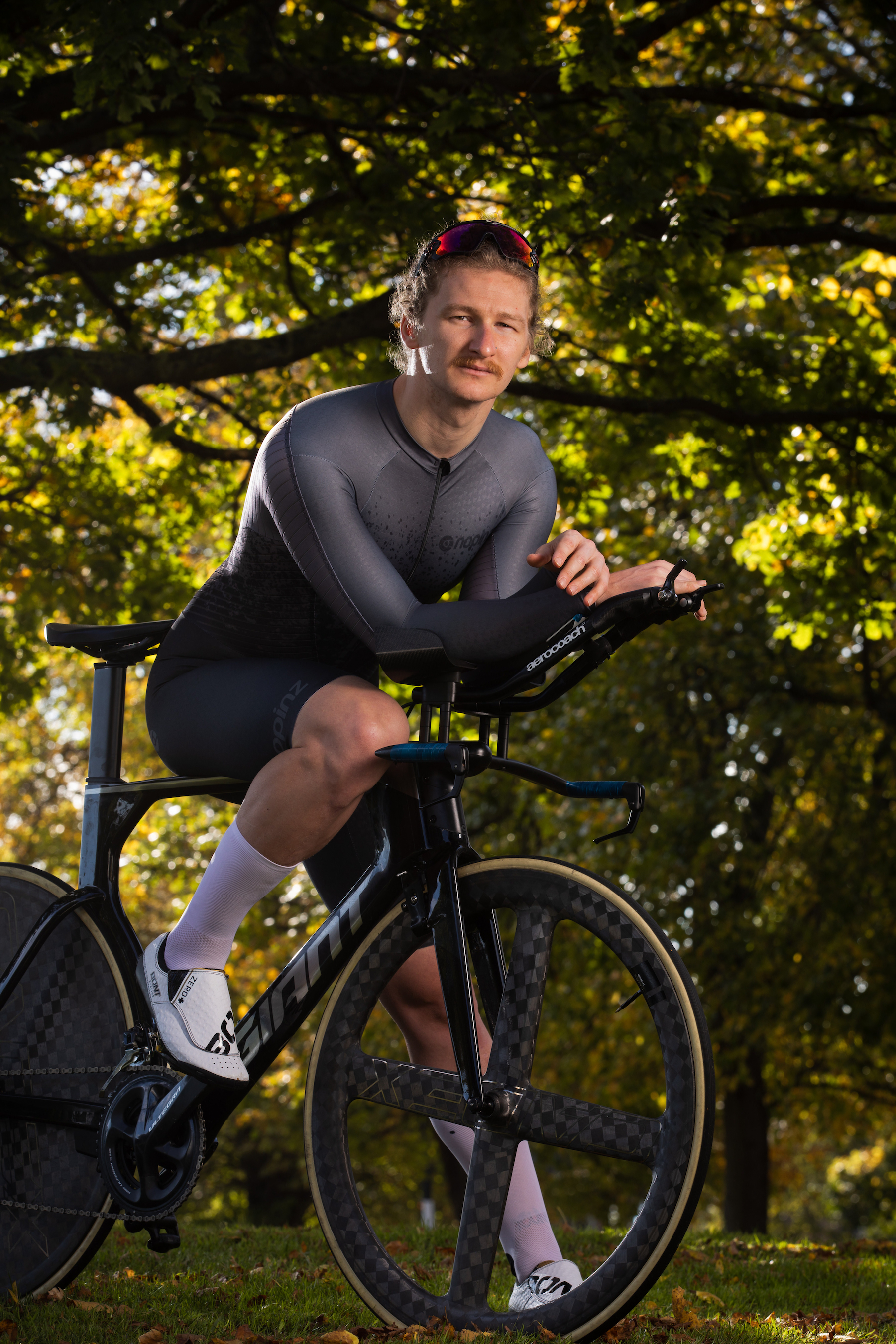UCI releases update on rules for transgender athletes
Cycling’s international governing body will introduce the new regulations next month


The UCI has released an update on plans to change the rules for transgender women competing in cycling.
New regulations will be introduced next month lowering the maximum testosterone limit for transgender racers by 50 per cent, after long-running dispute in the sporting world about the fairness of such rules.
Late last year, the International Association of Athletics Federation (IAAF) hosted talks to agree new rules for transgender athletes which resulted in the decision that regulations should be decided by governing bodies in each sport, and that the current maximum testosterone limit should be halved for transgender women.
The UCI has now formally ratified the new testosterone limit, which will come into effect on March 1, and the testing procedures around it.
UCI president David Lappartient said: “The adoption of new directives in the UCI regulations will provide the cycling community as a whole with a clearly defined regulatory framework that applies to everyone.
“Thanks to this consensus, achieved by a working group representing our sport’s various stakeholders, our federation has given itself the wherewithal to take into consideration – and in reflection of developments in our society – the desire of transgender athletes to compete, while guaranteeing a level playing field for all competitors.
“This is an important step in the inclusion of transgender athletes in elite sport.”
Get The Leadout Newsletter
The latest race content, interviews, features, reviews and expert buying guides, direct to your inbox!
Transgender athletes have been able to compete in the Olympics since 2004 but under the requirement they had undergone gender confirmation surgery and been on hormone therapy for two years.
In 2015, these rules were relaxed to remove the need for surgery and the athletes must have a testosterone level below 10nmol/L for at least 12 months prior to their first competition. The average range for adult females is 0.52 to 2.8 nmol/L, with levels above 2.7 described as the “upper limit of normal.”
But this 10nmol/L limit will now be halved to 5nmol/L under the new rule.
The reason given for the 5nmol/L testosterone level is because the threshold may be higher than the levels often found in women, (between 0 and 1.7 nmol/L) but most transgender women’s testosterone level is typically well below the 5 nmol/L limit.
All transgender athletes wishing to compete in their new gender must make their request to the UCI medical manager at least six weeks before their first competition, the UCI said.
The athlete’s file will then be passed on to a commission of three independent international experts to be assed for eligibility, and the rider must prove their testosterone level has been below 5nmol/L for at least 12 months.
Changes were formally approved by the UCI’s management committee, which met ahead of the Cyclocross World Championships in Dübendorf, Switzerland on January 30

Thank you for reading 20 articles this month* Join now for unlimited access
Enjoy your first month for just £1 / $1 / €1
*Read 5 free articles per month without a subscription

Join now for unlimited access
Try first month for just £1 / $1 / €1
Alex Ballinger is editor of BikeBiz magazine, the leading publication for the UK cycle industry, and is the former digital news editor for CyclingWeekly.com. After gaining experience in local newsrooms, national newspapers and in digital journalism, Alex found his calling in cycling, first as a reporter, then as news editor responsible for Cycling Weekly's online news output, and now as the editor of BikeBiz. Since pro cycling first captured his heart during the 2010 Tour de France (specifically the Contador-Schleck battle) Alex covered three Tours de France, multiple editions of the Tour of Britain, and the World Championships, while both writing and video presenting for Cycling Weekly. He also specialises in fitness writing, often throwing himself into the deep end to help readers improve their own power numbers. Away from the desk, Alex can be found racing time trials, riding BMX and mountain bikes, or exploring off-road on his gravel bike. He’s also an avid gamer, and can usually be found buried in an eclectic selection of books.
-
 Gear up for your best summer of riding – Balfe's Bikes has up to 54% off Bontrager shoes, helmets, lights and much more
Gear up for your best summer of riding – Balfe's Bikes has up to 54% off Bontrager shoes, helmets, lights and much moreSupported It's not just Bontrager, Balfe's has a huge selection of discounted kit from the best cycling brands including Trek, Specialized, Giant and Castelli all with big reductions
By Paul Brett
-
 7-Eleven returns to the peloton for one day only at Liège-Bastogne-Liège
7-Eleven returns to the peloton for one day only at Liège-Bastogne-LiègeUno-X Mobility to rebrand as 7-Eleven for Sunday's Monument to pay tribute to iconic American team from the 1980s
By Tom Thewlis